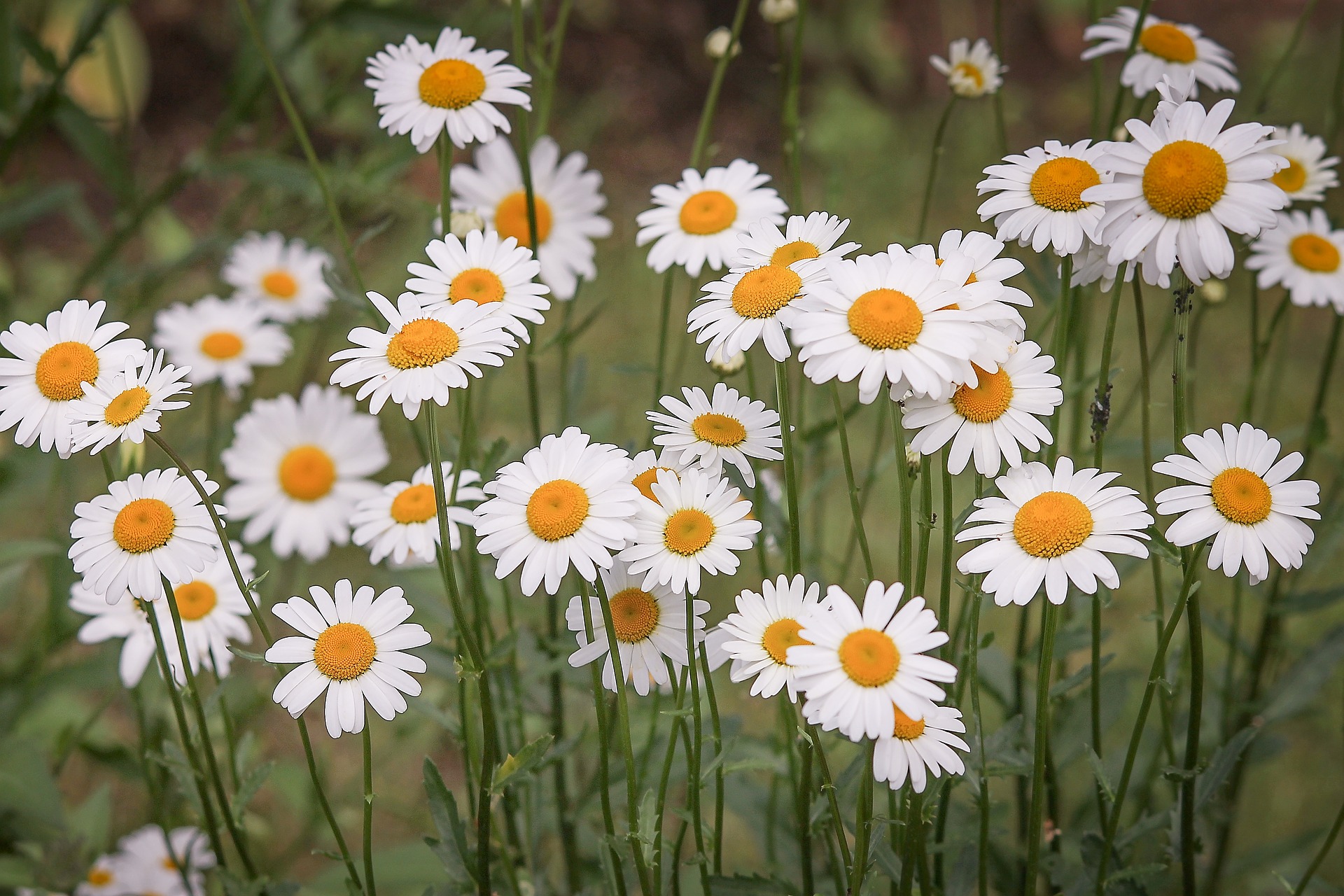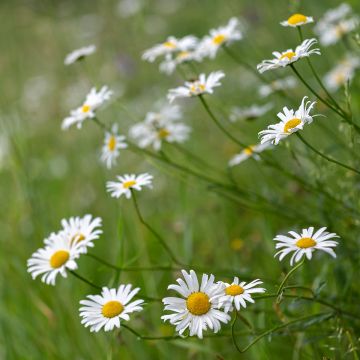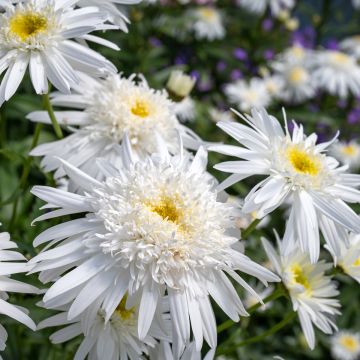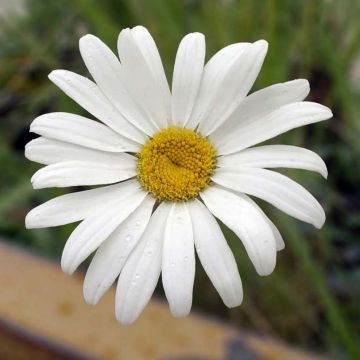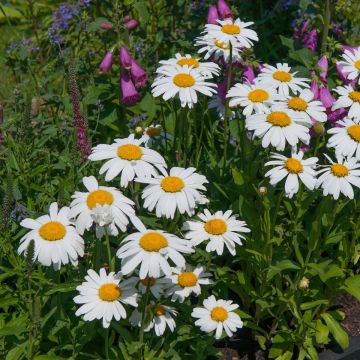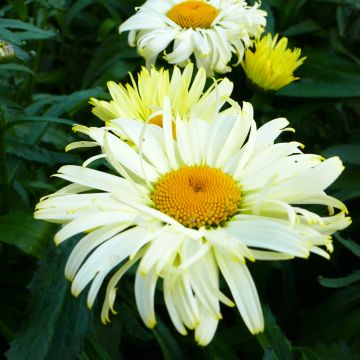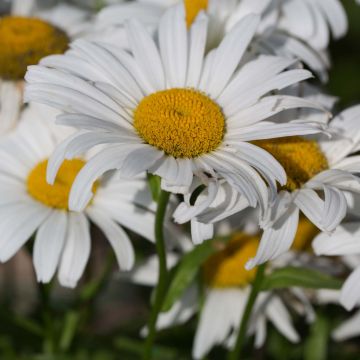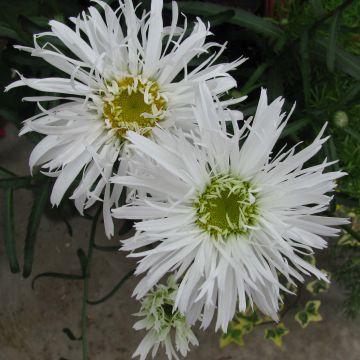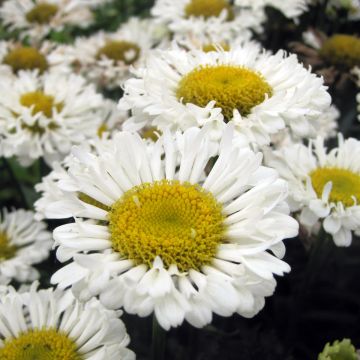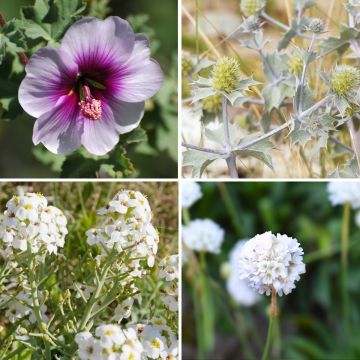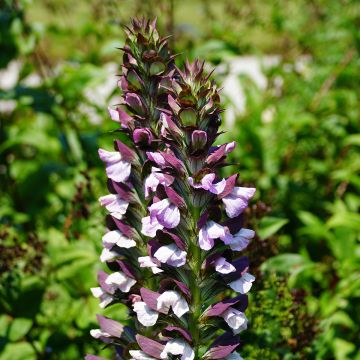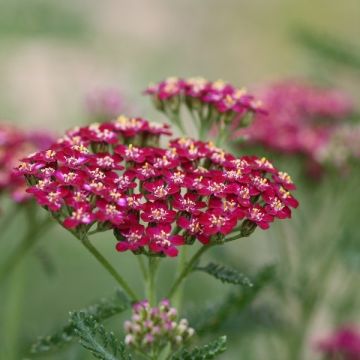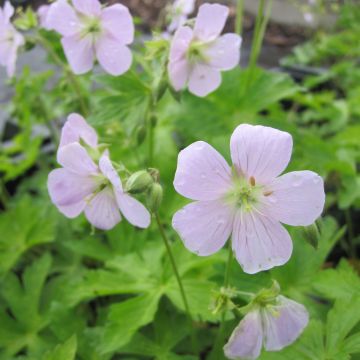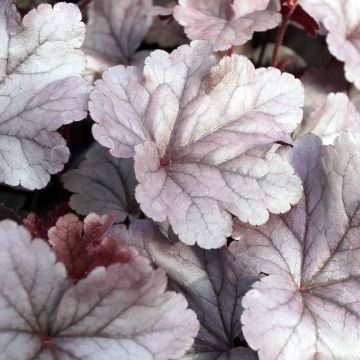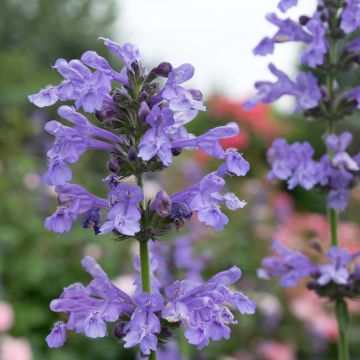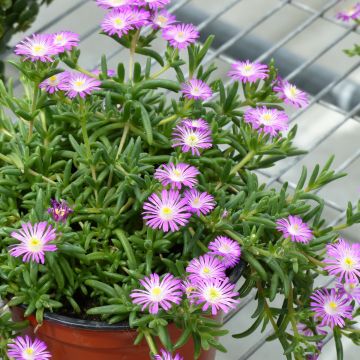

Leucanthemum superbum Goldfinch - Shasta Daisy
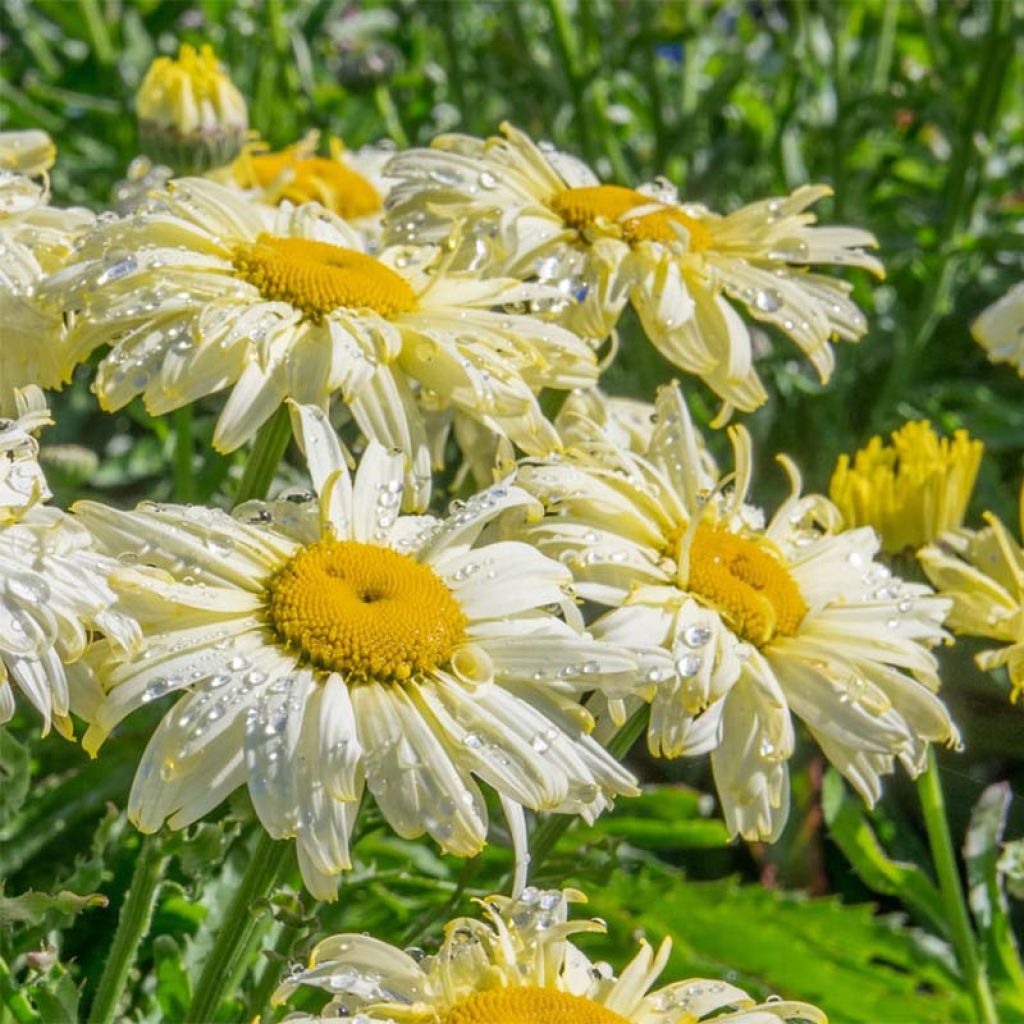

Leucanthemum superbum Goldfinch - Shasta Daisy
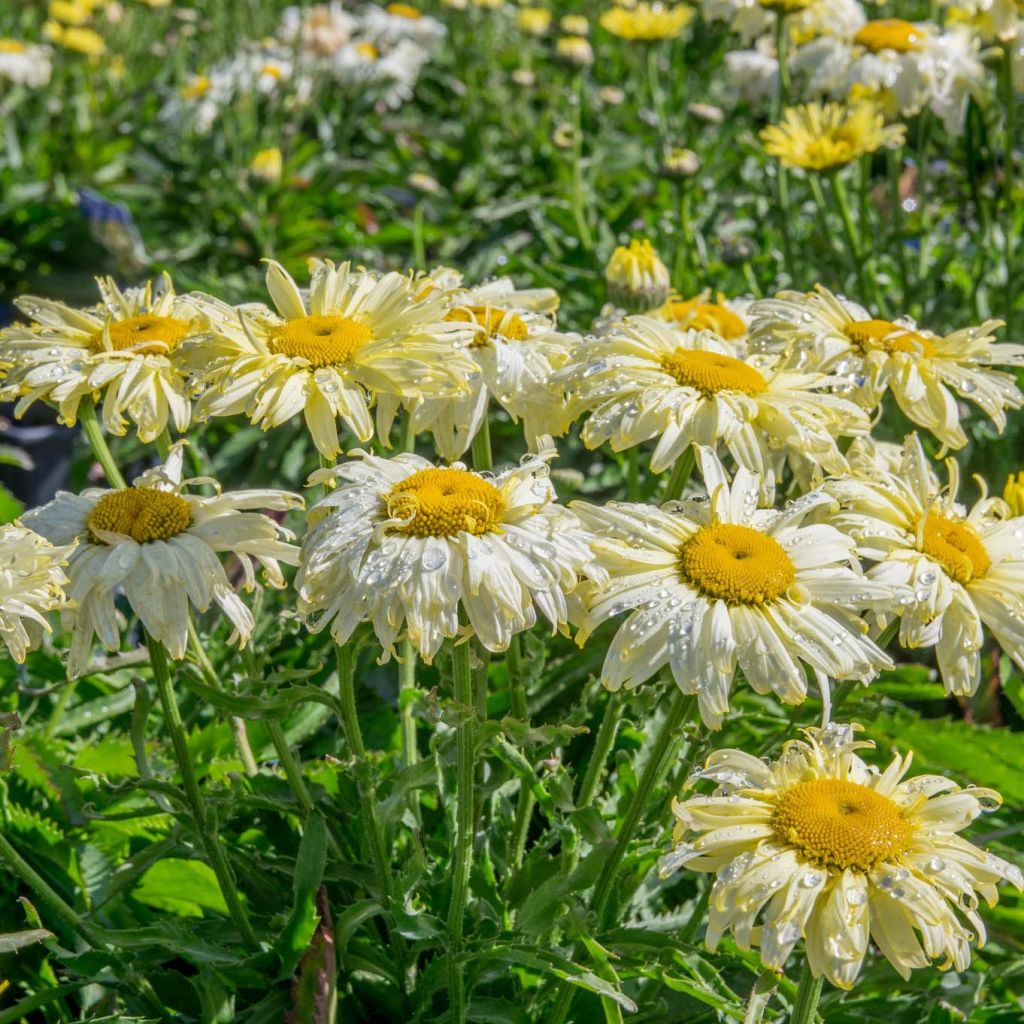

Leucanthemum superbum Goldfinch - Shasta Daisy
Leucanthemum superbum Goldfinch - Shasta Daisy
Leucanthemum x superbum Goldfinch
Shasta Daisy
Very satisfied with my delivery, the plants are carefully packaged. Not disappointed with the "anti-waste" plant, a beautiful hellebore and a bag of bulbs. I thank the customer service, very attentive and accommodating!
Nath, 04/02/2025
Special offer!
Receive a €20 voucher for any order over €90 (excluding delivery costs, credit notes, and plastic-free options)!
1- Add your favorite plants to your cart.
2- Once you have reached €90, confirm your order (you can even choose the delivery date!).
3- As soon as your order is shipped, you will receive an email containing your voucher code, valid for 3 months (90 days).
Your voucher is unique and can only be used once, for any order with a minimum value of €20, excluding delivery costs.
Can be combined with other current offers, non-divisible and non-refundable.
Home or relay delivery (depending on size and destination)
Schedule delivery date,
and select date in basket
This plant carries a 12 months recovery warranty
More information
We guarantee the quality of our plants for a full growing cycle, and will replace at our expense any plant that fails to recover under normal climatic and planting conditions.

Would this plant suit my garden?
Set up your Plantfit profile →
Description
Leucanthemum x superbum 'Goldfinch' is a relatively recent variety of large daisy considered currently to be one, if not the best yellow-flowered daisy. Its large semi-double heads with feathery frills display a true yellow colour that lasts a long time before turning to ivory. In the height of summer, the plant forms a beautiful cluster of flowers ranging from yellow to almost white. It is also the earliest flowering variety and its flowers continue to bloom for several weeks if faded flowers are regularly removed. This variety is also a fully hardy perennial and easy to grow in full sun, in ordinary but not too dry soil. Its flowers hold up well in vases and in borders.
The genus Leucanthemum belongs to the family Asteraceae. 'Goldfinch' undoubtedly gets its name from the intense yellow colour and feathery appearance of the flowers. Introduced in 2014, this horticultural hybrid is the result of cross-breeding with Leucanthemum x superbum, the large daisy that we know well. The plant forms a dense and low-growing clump, consisting of often persistent basal rosettes caught in a tangle of short, horizontal and more or less underground stems. Robust, leafy stems rise in summer, taller than wide, reaching about 60 cm (24in) in height. The root system spreads rapidly, occupying at least 50 cm (20in) of soil. Luxuriant in summer, it disappears completely in winter. Flowering, which starts at the end of June and reaches its peak in July, can continue until September if faded flowers are regularly removed. It takes the form of large solitary heads, 10 cm (4in) in diameter, with yellow outer ligules, whose shade gradually varies, creating a very pretty gradient from lemon yellow to ivory white, enhanced by a large, clearly defined, bright yellow centre. The flower stems are very sturdy and ideal for cutting. The leaves are dark green, simple and alternate, 5 to 8 cm (2 to 3in) long, with a regularly toothed margin. The plant, which is very long-lived, reaches full maturity in five years.
In daisies, one does not find extravagant colours, but it is the structure of the flowers that stands out. Accompany these flowers with that of cosmos, combine them with peonies, columbines, asters, blue lupins, campanulas or snapdragons, for example. Be creative with this flower, in the garden or in a vase in the house, to produce a delightful and unique display. 'Goldfinch' will bring a touch of brightness, but also a breath of whimsy, to a rustic scene that will evoke gardens of the past.
Leucanthemum superbum Goldfinch - Shasta Daisy in pictures
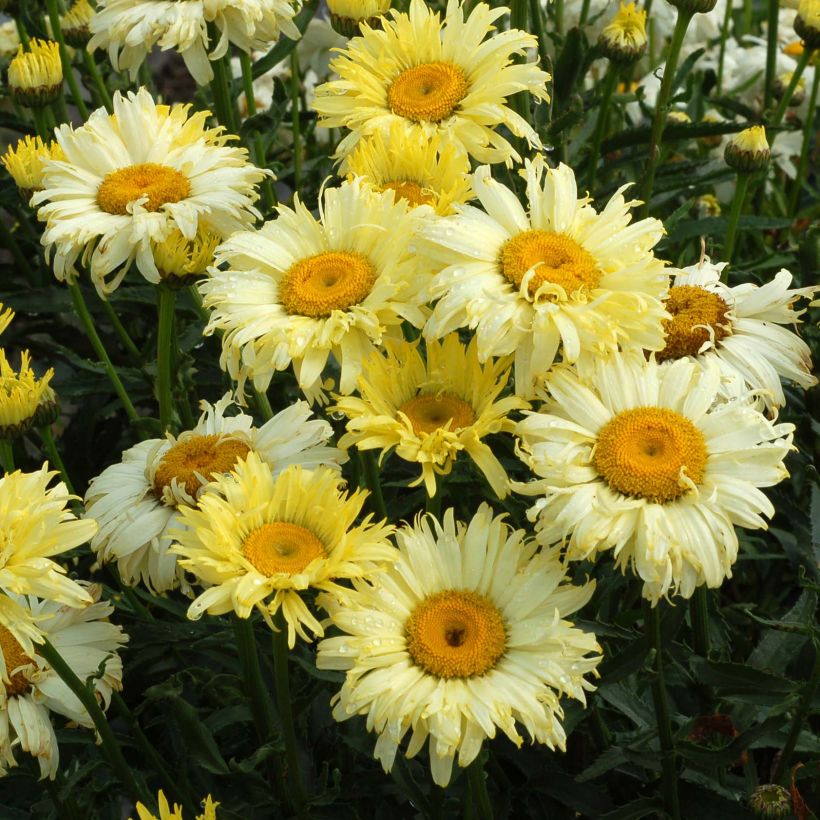

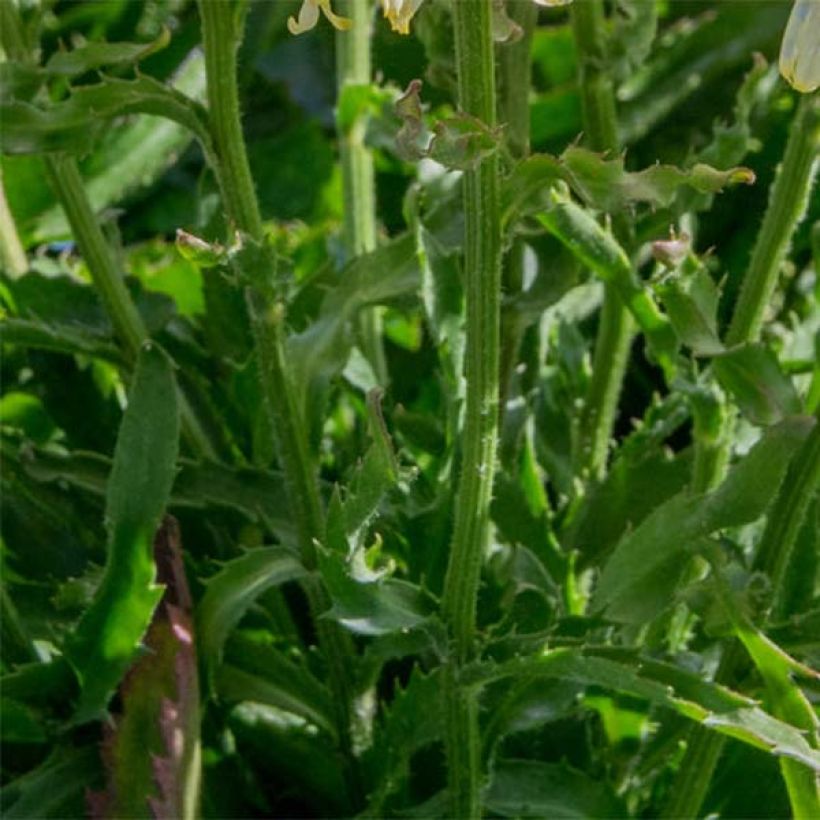

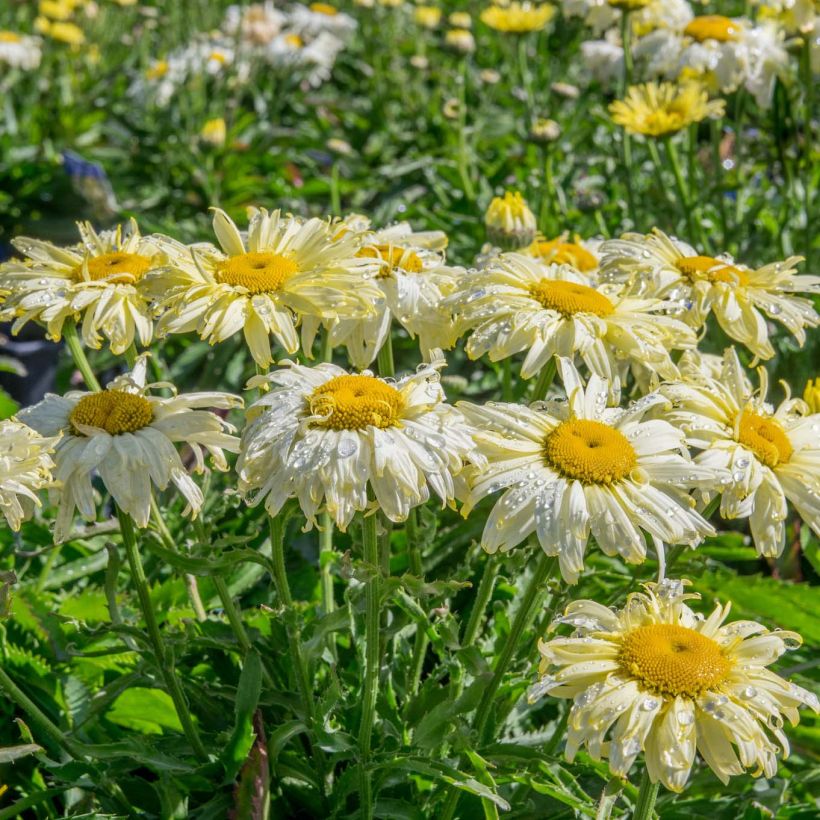

Flowering
Foliage
Plant habit
Botanical data
Leucanthemum
x superbum
Goldfinch
Asteraceae
Shasta Daisy
Cultivar or hybrid
Other Leucanthemum - Marguerite
View all →Planting and care
Plant Leucanthemum x superbum 'Goldfinch' in deep, loose, moist soil, or even occasionally dry, not too rich soil, which is well-drained. This plant tolerates limestone perfectly. It thrives in a very sunny, or at most partially shady, position. It withstands temperatures below -20°C (-4°F). Regularly remove faded flowers and dead foliage in spring. This daisy may be attacked by aphids, snails, and may sometimes show foliar spots.
Planting period
Intended location
Care
Planting & care advice
-
, onOrder confirmed
Reply from on Promesse de fleurs
Similar products
Haven't found what you were looking for?
Hardiness is the lowest winter temperature a plant can endure without suffering serious damage or even dying. However, hardiness is affected by location (a sheltered area, such as a patio), protection (winter cover) and soil type (hardiness is improved by well-drained soil).

Photo Sharing Terms & Conditions
In order to encourage gardeners to interact and share their experiences, Promesse de fleurs offers various media enabling content to be uploaded onto its Site - in particular via the ‘Photo sharing’ module.
The User agrees to refrain from:
- Posting any content that is illegal, prejudicial, insulting, racist, inciteful to hatred, revisionist, contrary to public decency, that infringes on privacy or on the privacy rights of third parties, in particular the publicity rights of persons and goods, intellectual property rights, or the right to privacy.
- Submitting content on behalf of a third party;
- Impersonate the identity of a third party and/or publish any personal information about a third party;
In general, the User undertakes to refrain from any unethical behaviour.
All Content (in particular text, comments, files, images, photos, videos, creative works, etc.), which may be subject to property or intellectual property rights, image or other private rights, shall remain the property of the User, subject to the limited rights granted by the terms of the licence granted by Promesse de fleurs as stated below. Users are at liberty to publish or not to publish such Content on the Site, notably via the ‘Photo Sharing’ facility, and accept that this Content shall be made public and freely accessible, notably on the Internet.
Users further acknowledge, undertake to have ,and guarantee that they hold all necessary rights and permissions to publish such material on the Site, in particular with regard to the legislation in force pertaining to any privacy, property, intellectual property, image, or contractual rights, or rights of any other nature. By publishing such Content on the Site, Users acknowledge accepting full liability as publishers of the Content within the meaning of the law, and grant Promesse de fleurs, free of charge, an inclusive, worldwide licence for the said Content for the entire duration of its publication, including all reproduction, representation, up/downloading, displaying, performing, transmission, and storage rights.
Users also grant permission for their name to be linked to the Content and accept that this link may not always be made available.
By engaging in posting material, Users consent to their Content becoming automatically accessible on the Internet, in particular on other sites and/or blogs and/or web pages of the Promesse de fleurs site, including in particular social pages and the Promesse de fleurs catalogue.
Users may secure the removal of entrusted content free of charge by issuing a simple request via our contact form.
The flowering period indicated on our website applies to countries and regions located in USDA zone 8 (France, the United Kingdom, Ireland, the Netherlands, etc.)
It will vary according to where you live:
- In zones 9 to 10 (Italy, Spain, Greece, etc.), flowering will occur about 2 to 4 weeks earlier.
- In zones 6 to 7 (Germany, Poland, Slovenia, and lower mountainous regions), flowering will be delayed by 2 to 3 weeks.
- In zone 5 (Central Europe, Scandinavia), blooming will be delayed by 3 to 5 weeks.
In temperate climates, pruning of spring-flowering shrubs (forsythia, spireas, etc.) should be done just after flowering.
Pruning of summer-flowering shrubs (Indian Lilac, Perovskia, etc.) can be done in winter or spring.
In cold regions as well as with frost-sensitive plants, avoid pruning too early when severe frosts may still occur.
The planting period indicated on our website applies to countries and regions located in USDA zone 8 (France, United Kingdom, Ireland, Netherlands).
It will vary according to where you live:
- In Mediterranean zones (Marseille, Madrid, Milan, etc.), autumn and winter are the best planting periods.
- In continental zones (Strasbourg, Munich, Vienna, etc.), delay planting by 2 to 3 weeks in spring and bring it forward by 2 to 4 weeks in autumn.
- In mountainous regions (the Alps, Pyrenees, Carpathians, etc.), it is best to plant in late spring (May-June) or late summer (August-September).
The harvesting period indicated on our website applies to countries and regions in USDA zone 8 (France, England, Ireland, the Netherlands).
In colder areas (Scandinavia, Poland, Austria...) fruit and vegetable harvests are likely to be delayed by 3-4 weeks.
In warmer areas (Italy, Spain, Greece, etc.), harvesting will probably take place earlier, depending on weather conditions.
The sowing periods indicated on our website apply to countries and regions within USDA Zone 8 (France, UK, Ireland, Netherlands).
In colder areas (Scandinavia, Poland, Austria...), delay any outdoor sowing by 3-4 weeks, or sow under glass.
In warmer climes (Italy, Spain, Greece, etc.), bring outdoor sowing forward by a few weeks.






























